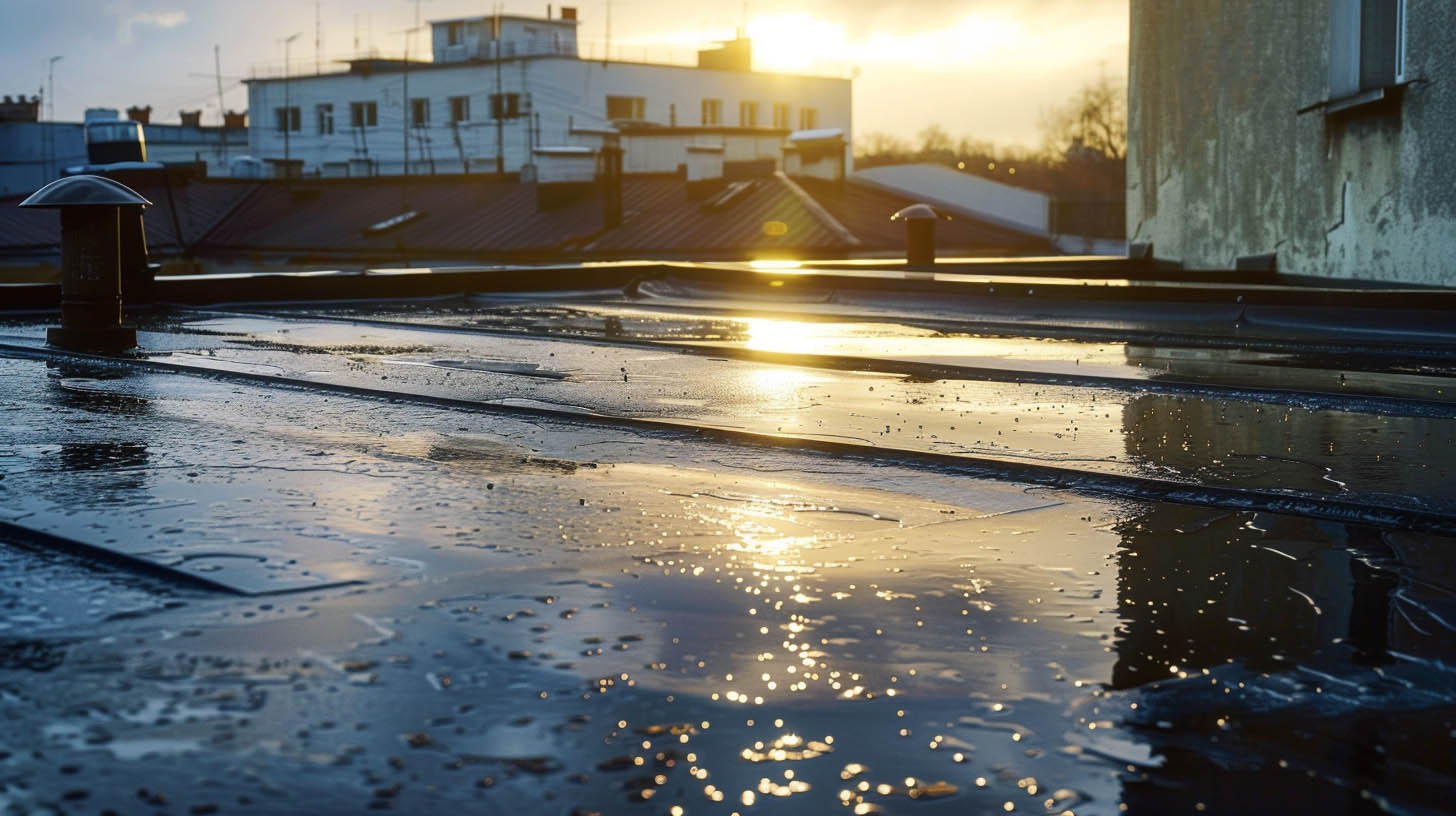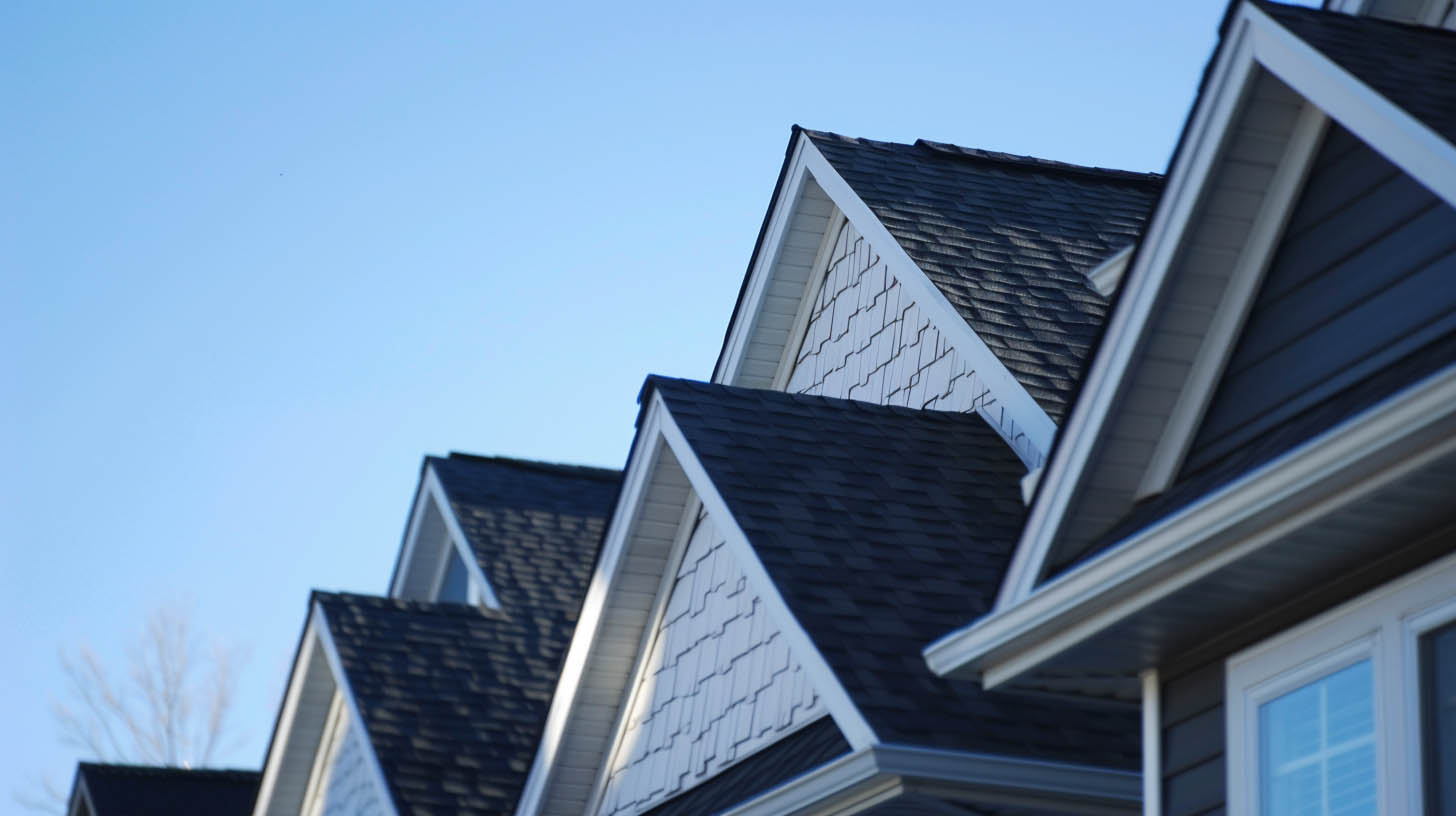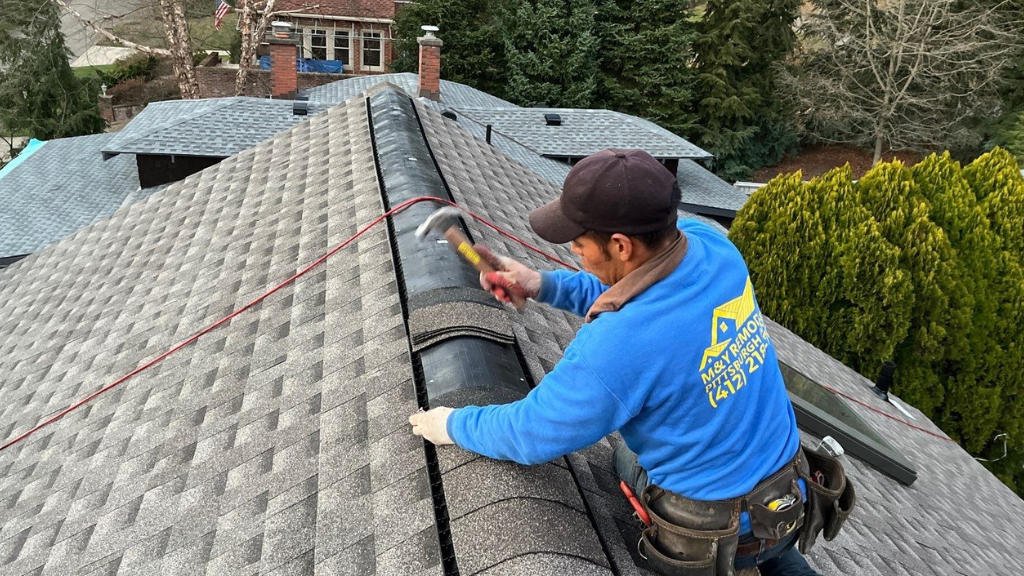
Happy spring! Roofing problems can be a nightmare for homeowners – especially during the spring. They can lead to expensive repairs, leaks, and even compromise the structural integrity of a building. In this blog post, we will discuss common roofing problems to watch out for and provide tips on how to avoid them.
At the end of the day, regularly inspecting and maintaining your roof is the key to preserving its condition and preventing costly repairs down the line. In short, consistent maintenance inspections on the roof is a smart investment.
Don’t Let Roof Problems Sneak Up on You
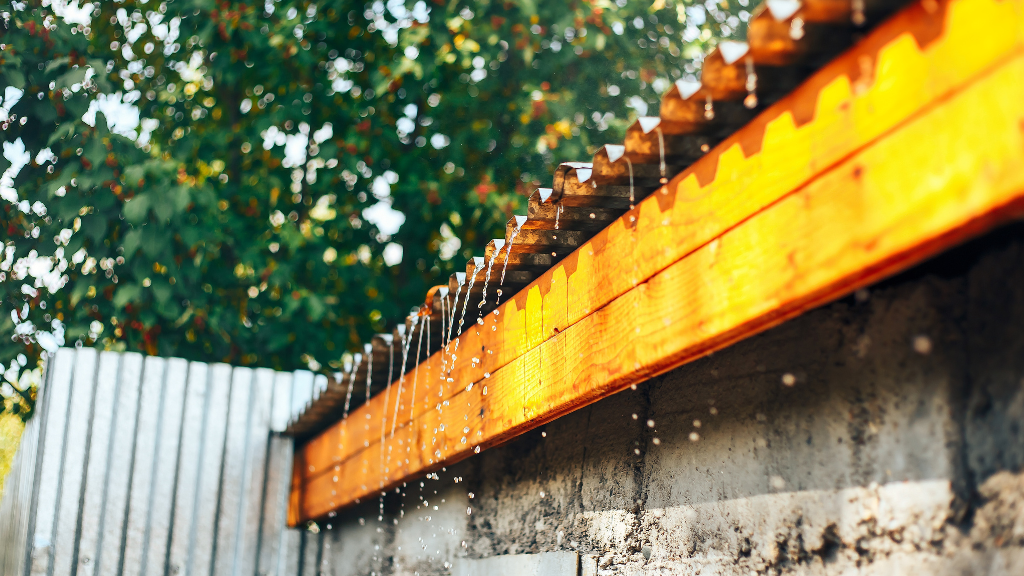
Spring is here, and it always reminds us here at MY PITTSBURGH ROOFING that maintaining your roof is important for many reasons. It’s the primary barrier between the elements and your home, protecting your family and property from:
- Wind
- Rain
- Snow
- And More
A well-maintained roof can help keep your roof in tip-top shape as we approach the stormy summer season. Not only that, but it helps to keep energy costs down and can even help improve your home’s overall value.
Common Roofing Problems to Watch out for This Spring, & Tips on How to Avoid Them:
Let’s take a look at common roofing problems to watch out for this spring:#1. Leaks
One of the most common roofing problems is leaks. They can occur due to several reasons, including:
- Damaged or missing shingles
- Cracked or corroded flashing
- Clogged gutters
- Improper installation
Leaks can cause damage to the interior of a building and even promote the growth of mold and mildew. To avoid leaks, it’s essential to perform regular maintenance on your roof. Keep an eye out for any signs of damage and have them repaired as soon as possible.
#2. Poor VentilationProper ventilation is crucial to maintaining a healthy roof. Without it, heat and moisture can build up, leading to the growth of mold, mildew, and algae. Poor ventilation can also cause damage to shingles, leading to premature deterioration.
To prevent poor ventilation, ensure that your roof has proper ventilation systems in place, including ridge vents, soffit vents, and attic fans. These systems will allow air to circulate freely and prevent the buildup of heat and moisture.
Poor roof ventilation leads to:
- Higher Energy Costs
- Rot
- Mold
- Mildew
- Overheating
- Other Structural Damage
- Cracked & Warped Shingles
Ponding water is a problem that occurs when water accumulates on the roof’s surface, rather than draining off. This problem can be caused by a variety of factors, including:
- Poor drainage
- Clogged gutters
- Sagging or damaged roof decking
- Flat roofs
Ponding water can cause damage to the roof’s structure and lead to leaks. It’s essential to address this problem as soon as possible by ensuring that your roof has proper drainage and that gutters are clear of debris.
#4. Shrinking & CrackingRoof shrinkage and cracking are common problems that occur due to temperature changes. These problems can cause damage to the roof’s surface, including cracking and splitting, which can lead to leaks.
To avoid shrinkage and cracking, ensure that your roof’s materials are installed correctly and that they are suitable for the climate in your area. Also, perform regular maintenance to identify any signs of damage and have them repaired promptly.
So, how do you know your roof shingles may be shrinking and cracking:
- If your roof has not been having regular maintenance checks.
- If you notice water leaks OR if you notice rot and mildew.
- Air infiltration (when a roof let’s air enter the home due to gaps and cracks).
Trees can be a significant threat to your roof’s health, especially during severe weather conditions such as storms and high winds. Trees can cause damage to your roof in several ways, including:
- Falling branches or debris.
- Rubbing against the roof’s surface.
- Accumulation of leaves and debris on the roof’s surface.
To prevent damage from trees, ensure that trees are pruned regularly and that any dead or dying branches are removed promptly. Additionally, remove any debris from your roof’s surface and gutters to prevent blockages.
#6. Animals & PestsAnimals and pests can cause significant damage to your roof, including:
- Nesting in your attic or crawl space
- Gnawing on roof materials
- Chewing through wires and insulation
To prevent damage from animals and pests, ensure that your attic and crawl space are sealed off, and any holes or gaps are filled. Also, consider installing mesh screens over your vents to prevent animals from entering your home.
#7. Hail DamageHailstorms can cause severe damage to your roof’s surface, including:
- Dents in Shingles or Tiles
- Cracks in the Roof’s Surface
- Punctures in the Roof’s Membrane
To prevent hail damage, ensure that your roof’s materials are suitable for your area’s climate and consider installing impact-resistant materials. Also, perform regular maintenance to identify any signs of damage and have them repaired promptly.
Choosing the Right Roofing Materials
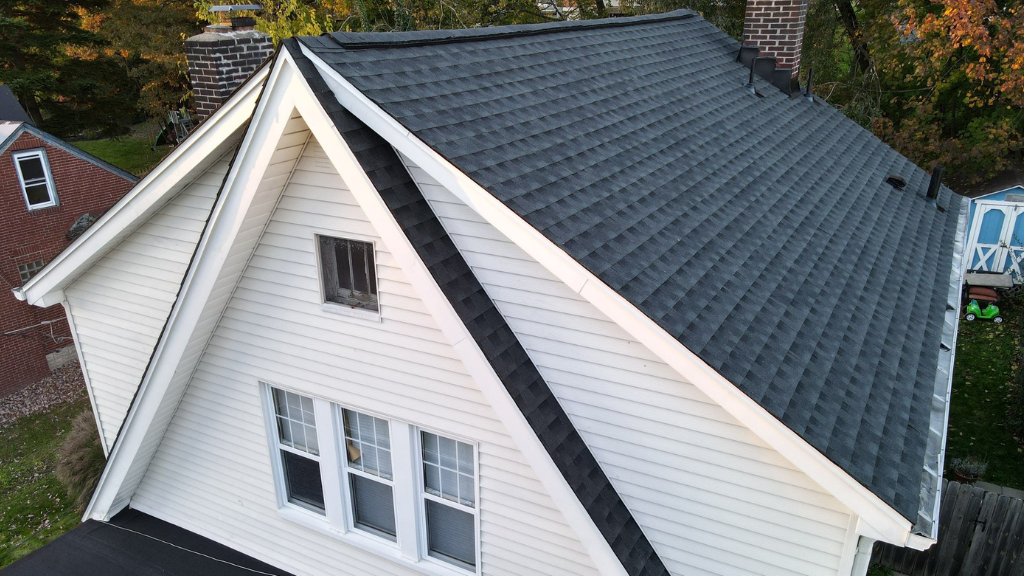
Choosing the right roofing materials can help prevent common roofing problems. Consider the climate in your area when selecting roofing materials. If you live in an area prone to hailstorms, consider impact-resistant materials.
Additionally, be sure to choose materials that are suitable for the pitch of your roof. Flat roofs require different materials than steeply pitched roofs. Working with a professional roofing contractor can help you choose the right materials for your home.
Here are some helpful tips to keep in mind when deciding on what roofing materials to use:
1. Consider Your Budget: The cost of the roofing materials should always be taken into account when making a decision. Make sure to compare and contrast the prices of different types materials until you find a balance between cost and quality.
2. Check Durability: Durability is an important factor to consider when selecting roofing materials. Look for materials that are resistant to extreme weather conditions, fire and pests.
3. Look for Longevity: The longevity of roofing materials is an important factor to consider. Quality materials will last longer and require less maintenance and repairs.
4. Consider Aesthetic Appeal: The aesthetic appeal of roofing materials is important. Choose materials that complement and enhance the look of your home.
By taking all these factors into account, you will be able to make an informed decision on the right roofing materials for your home.
The Importance of Regular Roof Maintenance
Regular maintenance is crucial to identifying and addressing potential roofing problems before they become severe. Inspecting your roof at least once a year and after any significant weather event can help you catch issues early and prevent costly repairs.
During a maintenance check, we will look for signs of damage, such as missing or damaged shingles, cracked or corroded flashing, and clogged gutters. We will also ensure that your roof’s ventilation systems are functioning correctly, and there are no signs of ponding water or shrinkage and cracking.
At MY PITTSBURGH ROOFING, we understand the importance of a well-maintained roof and common roofing problems to watch out for this spring. We are here to help you with all your roofing needs. Whether you need repairs, installation, or maintenance, our team of experts is dedicated to providing high-quality service and ensuring your satisfaction.
If you’re experiencing any roofing problems or need a professional inspection, give us a call at 412-218-7082. Our team is available to answer your questions and schedule an appointment at your convenience. Don’t wait until it’s too late – contact MY PITTSBURGH ROOFING today to ensure the safety and longevity of your home.

